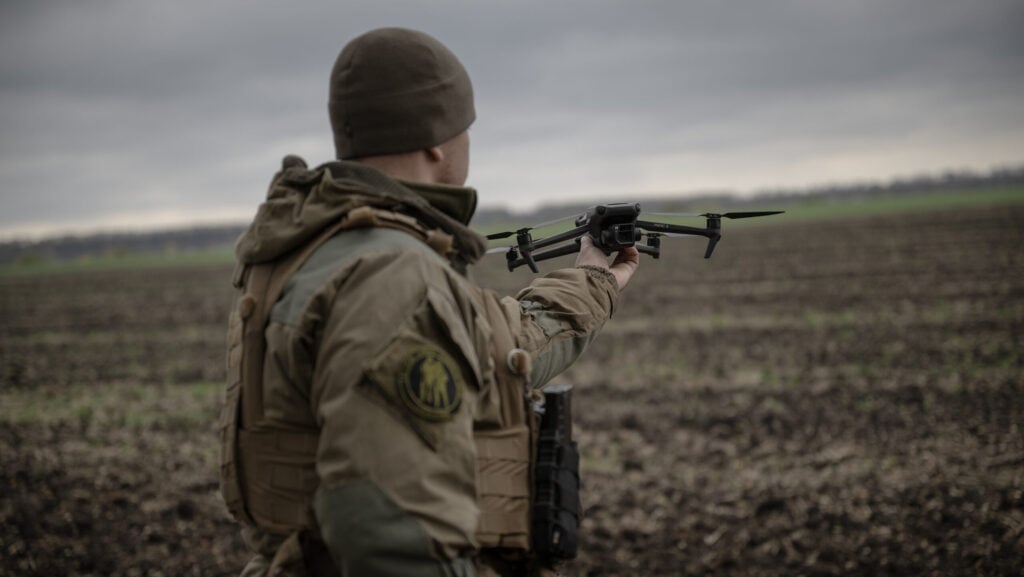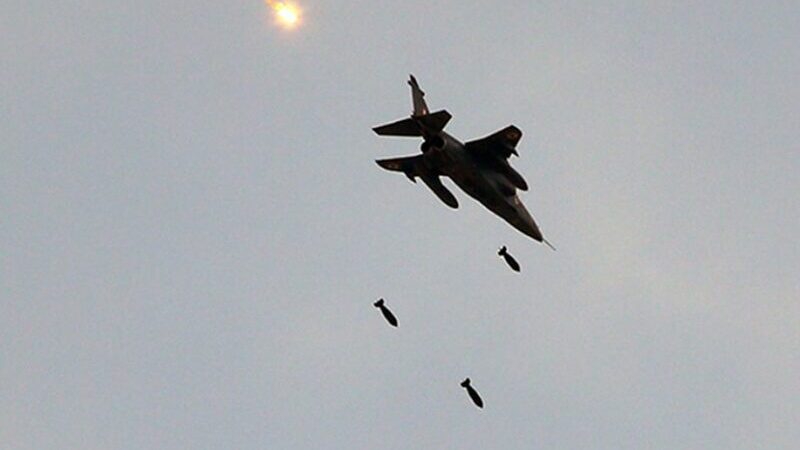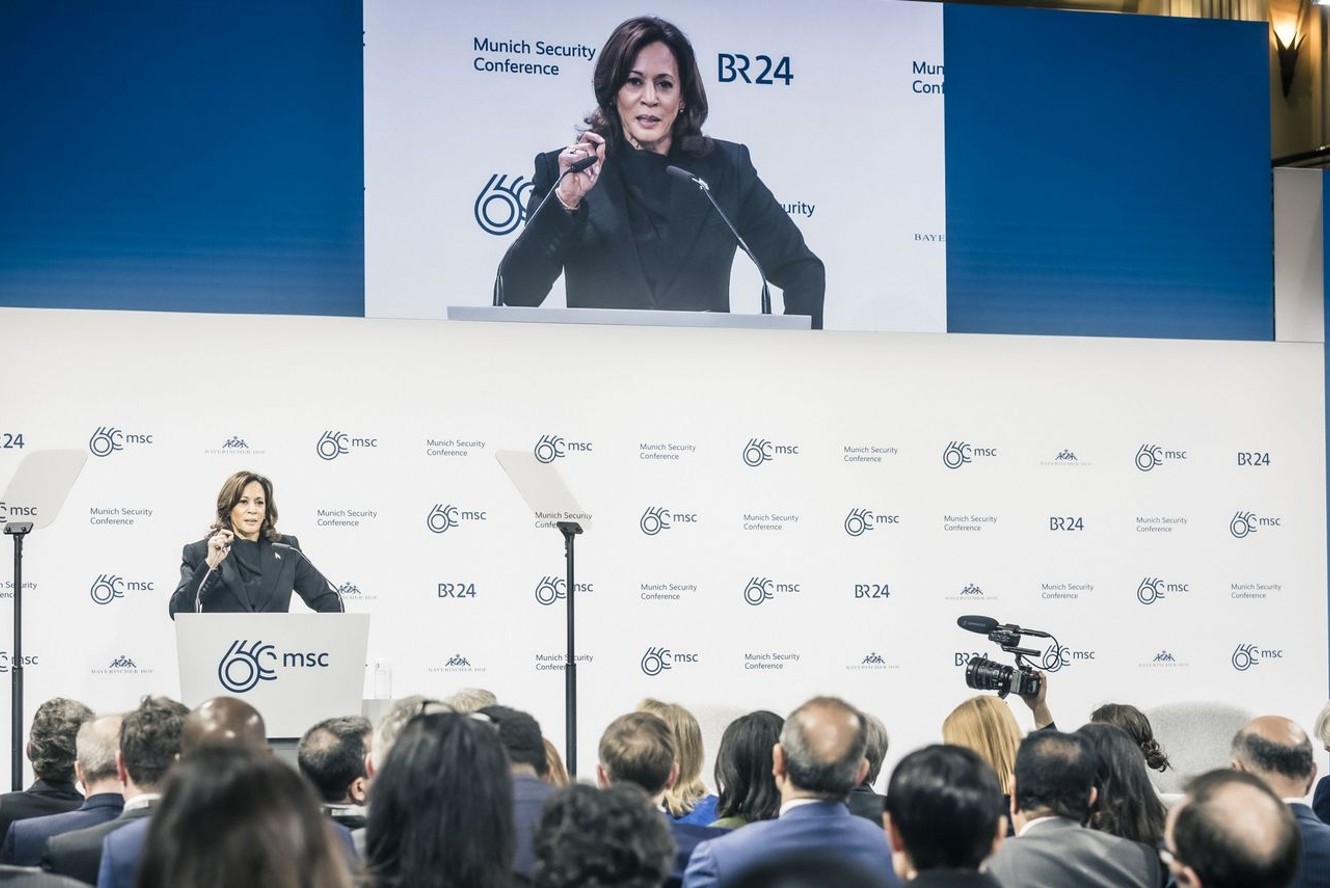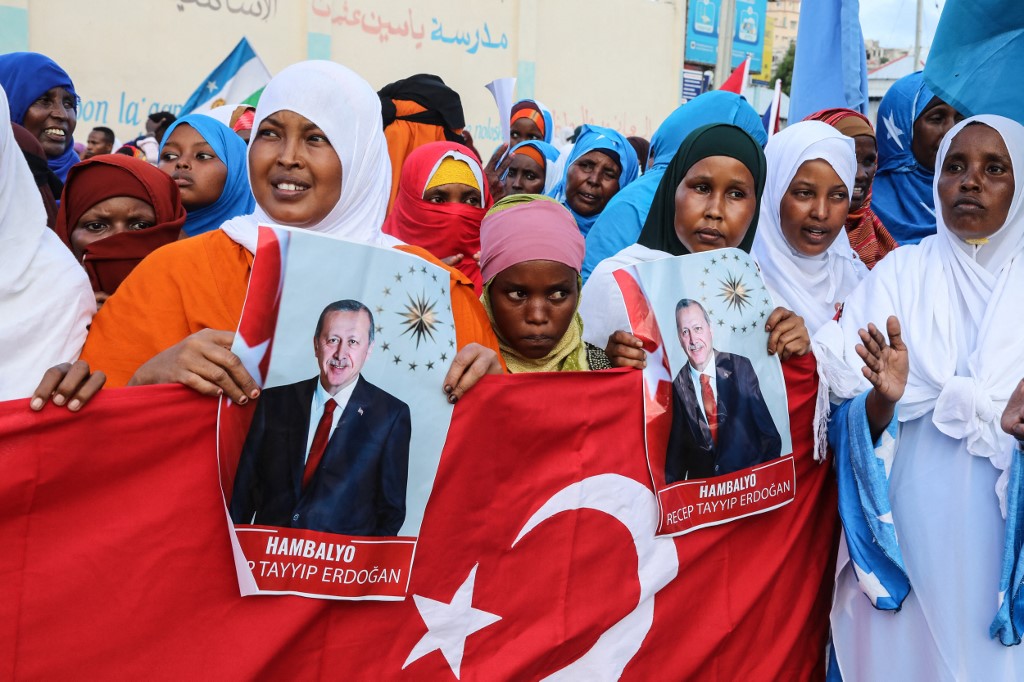Continued........
As previously mentioned, these are people the local populations recognize, OCGs often recruit young men and the existing members are from similar backgrounds from the lower rungs of society. OCGs serve in contrast to the distant and disliked politicians that head the government. These tropes can be understood as an attempt to create an identity in which actors within OCGs are consolidating the trust of the people in substitution of political leaders and their parties; polls indicating that political parties are one of the least trusted institutions within Mexican society.[46]
It’s the broad conception of the state as untrustworthy and corrupt that allows this discourse to be commonplace and spread among the disillusioned. This discourse creates a culture where violence is an acceptable rebellious act against the corrupt state actors and the lower criminals, usually just rival OCGs. This not only justifies this violence in the eyes of some of the population but also among the individual actors operating within and adjacent to the OCGs.
All of these tropes, assert that the state not being capable of projecting force within their own country, as well as the general lack of satisfaction with the job the government has done in sustaining and improving life among Mexicans leads to worry over whether or not these groups are feeding a state-succeeding discourse.
Conclusion
With the OCG crisis acting as a specter over Mexican society, the serious study of this problem is as pertinent now as ever. The effect OCGs have on Mexican society, their tropes, and the discourses as well as identities created hold massive implications for Mexico and the region. For well over a decade the Mexican government has been steadily losing the confidence of foreign governments and its own people as this crisis has only gotten worse.
There are systemic and historical issues with the modern Mexican state and the discourse surrounding it. This discourse is not novel but the new discourse projected by the OCGs is compounding and becoming dangerous to the survival of the state. This discourse is creating an identity in which OCGs are seen as a viable alternative to the state in numerous arenas of life such as the distribution of goods and services as well as security and communal pride. The motivation for the projection of this discourse varies. Some surely are only distributing such discourse through the narratives outlined here for the purpose of casting a negative public perception on their rivals, in other words solely for financial gains, but understanding these concepts opens up different understandings of OCGs and their discourse.
The implications of motivation are massively important. How these groups see themselves and how members of the citizenry see them should certainly influence how the government understands them. This calls on discourse regarding terrorism, political motivation as opposed to monetary motivation and gangland goals. Whether or not the discourse outlined here constitutes any sort of political motivation, qualifying their actions as terrorism, is a theoretical question that academia must address without prejudice. The work surrounding this concept is highly coded in the language of the war on terror, notably outside of the Mexican context. This research proposes that such academic discourse should account for Sullivan and Bunker's interpretation of Hobsbawm’s theories on social banditry.
A hugely important concept to understand is that no two OCGs are the same. This research includes intentionally vague language to discuss broad narratives and understand the accompanying discourse. This practice can allow a broader audience to understand findings and apply them to the most realms of study and policy possible. These are society wide Mexican issues. There is no one group to concern yourself with like there may have been in the past. Coming to a broad understanding of tropes can assist policymakers and the public in comprehending such a large-scale crisis. This is why the work of Sullivan, Bunker, and the reportage of numerous contemporary journalists, scholars, writers, and more is so important. In the context of this research, Sullivan and Bunker are particularly pertinent. Their work presents a fresh lens to examine other regions and conflicts. Bunker and Sullivan’s interpretations have revitalized the link between social movements and criminality in countless different contexts. Using theoretical frameworks like this allows academia and government to work within common understandings and come to more nuanced conclusions. One potential avenue to further investigate could be the operational methodology of OCGs and their use of new media in supplying discourse.
Using that theoretical framework to come to a conclusion this research finds that OCGs do not presently reach the threshold established by Sullivan and Bunker. The renderings this paper discusses do not lead the author to believe these groups have met the standards established; while a trajectory to further state subverting activity is present as these groups amass power, it is not found that this crisis and its effects are irreversible. With investments in social services and infrastructure along with international cooperation to root out the most dangerous cells, a real solution to this problem can be found. Removing the most problematic and subversive actors while replacing their role within communities with a stronger, more present central government, will correct the discourse leading to a real solution.
Further, it is crucial to note the importance of the Mexican citizens caught up in this struggle between state and sub-state actors. These individuals and communities need a louder voice in the central government. This, as the research has led the author to believe, is at the heart of all conflicts of this nature. Lifting up the voices of the people who feel that for centuries they have been left behind is of the utmost importance.
Endnotes
[1] José Luis Pardo Veiras and Íñigo Arredondo,“Una guerra inventada y 350,000 muertos en México.”
Washington Post. 14 June 2021,
https://www.washingtonpost.com/es/post-opinion/2021/06/14/mexico-guerra-narc otrafico-calderon-homicidios-desaparecidos/.
[2] Julia Young, “The Revolution is Afraid
.” Berkeley Center for Religion, Peace, and World Affairs, Georgetown University. 3 January 2020,
https://berkleycenter.georgetown.edu/responses/the-revolution-is-afraid-cristeros- and-sinarquistas-in-mexico-and-the-united-states-1926-1950.
[3] Jorge Castañeda, participation in “Mañana Forever,
C-SPAN, webinar, sponsored by the Woodrow Wilson International Center for Scholars, 10 July 2011, video,
<em>Manana Forever?: Mexico and the Mexicans</em>.
[4] Eric Hobsbawm,
Bandits. New York: Pantheon Books,1981.
[5] Mary Beth Sheridan, “Mexico’s Government Control Threatened by Criminal Groups.”
Washington Post. 29 October 2020,
https://www.washingtonpost.com/graphics/2020/world/mexico-losing-control/mexi co-violence-drug-cartels-zacatecas/.
[6] Sylvia Longmire and John Longmire, “Redefining Terrorism: Why Mexican Drug Trafficking is More than Just Organized Crime.”
Journal of Strategic Security. Vol. 1, no. 1, 2008: pp. 50–51,
https://digitalcommons.usf.edu/cgi/viewcontent.cgi?article=1044&context=jss.
[7] Phil Williams, “The Terrorism Debate Over Mexican Drug Trafficking Violence.”
Terrorism and Political Violence. Vol. 24, no. 2. 2012: pp. 259-278,
https://doi.org/10.1080/09546553.2011.653019.
[8] See Robert Bunker and John P. Sullivan, “Cartel Evolution: Potentials and Consequences.”
Transnational Organized Crime. Vol. 4, no. 2, Summer 1998, pp. 55–74:
https://www.academia.edu/3173100/Cartel_Evolution_Potentials_and_Consequences and Robert Bunker and John P. Sullivan, “Cartel evolution revisited: third phase cartel potentials and alternative futures in Mexico.”
Small Wars & Insurgencies. 12 March 2010: pp. 31–46,
https://doi.org/10.1080/09592310903561379.
[9] See John P. Sullivan and Robert J. Bunker, “Drug Cartels, Street Gangs, and Warlords,”
Small Wars & Insurgencies. Vol. 13, no. 2, 2002, pp. 40–53:
https://doi.org/10.1080/09592310208559180; John P. Sullivan and Robert J. Bunker, “Rethinking insurgency: criminality, and societal warfare in the Americas.”
Small Wars & Insurgencies. Vol. 22, no. 5, 2011,
https://doi.org/10.1080/09592318.2011.625720; and Robert J. Bunker, “Criminal (Cartel & Gang) Insurgencies in Mexico and the Americas: What you need to know, not what you want to hear. Has Merida Evolved? Part One: The Evolution of Drug Cartels and the Threat to Mexico’s Governance”. Congressional testimony before the House Foreign Affairs Subcommittee on the Western Hemisphere. Washington, DC. 13 September 2011, pp.1–25,
https://scholarship.claremont.edu/c...httpsredir=1&article=1154&context=cgu_fac_pub.
[10] Guadalupe Correa-Cabrera, Michelle Keck, and Jose Nava, “Losing the Monopoly of Violence: The State, a Drug War and the Paramilitarization of Organized Crime in Mexico.”
State Crime Journal. 2006: pp. 77–95,
https://www.jstor.org/stable/10.13169/statecrime.4.1.0077.
[11] John P. Sullivan, “Criminal Insurgency: Narcocultura, Social Banditry, and Information Operations.”
Small Wars Journal, 3 December 2012,
Criminal Insurgency: Narcocultura, Social Banditry, and Information Operations | Small Wars Journal and John P. Sullivan, “From Drug Wars to Criminal Insurgency: Mexican Cartels, Criminal Enclaves and Criminal Insurgency in Mexico and Central America. Implications for Global Security.”
Working Paper No9. Paris: Fondation Maison des sciences de l’homme (June 2011/April 2012),
https://shs.hal.science/halshs-00694083/document. For a later review, see John P. Sullivan and Nathan P. Jones, “Bandits, Urban Guerrillas, and Criminal Insurgents: Crime and Resistance in Latin America,” Chapter 6 in Pablo A. Baisotti, Ed.,
Problems and Alternatives in the Modern Americas. New York: Routledge, 2021,
Problems and Alternatives in the Modern Americas | Pablo A. Baisotti |.
[12] Ibid. In addition, see Alma Guillermoprieto, “The Narcovirus,”
Berkeley Review of Latin American Studies, Spring, pp. 2-9:
https://clacs.berkeley.edu/sites/default/files/publications/brlas-spring2009-guillermoprieto.pdf.
[13] Arji Ouweneel, “What was Behind Mexico’s Peasant Revolution.”
European Review of Latin American and Caribbean Studies. Vol. 48. June 1990: pp.99-112,
https://www.jstor.org/stable/25675451.
[14] Howard Campbell, “Narco-Propaganda in the Mexican ‘Drug War’: An Anthropological Perspective
.” Latin American Perspectives. Vol. 41, no. 2: 2014: pp. 60–74,
https://www.jstor.org/stable/24575498.
[15] Op. cit., Sullivan and Bunker, ““Rethinking insurgency” at Note 9.
[16] Eric Hobsbawm,
Primitive Rebels: Studies in Archaic Forms of Social Movement in the 19th and 20th Centuries. Manchester: Manchester University Press, 1959.
[17] Op. cit., Arji Ouweneel, “What was Behind Mexico’s Peasant Revolution” at Note 13.
[18] Op. cit., Sullivan and Bunker, ““Rethinking insurgency” at Note 9.
[19] Ioan Grillo,
El Narco: Inside Mexico’s Criminal Insurgency. New York: Bloomsbury Publishing, 2012.
[20] Jenna Bowley, “Robin Hood or Villain.” Thesis,
Honors College 109, The University of Maine, 2013: pp. 6–46,
https://digitalcommons.library.umaine.edu/honors/109.
[21] Op. cit., Sullivan and Bunker, ““Rethinking insurgency” at Note 9.
[22] Op cit. Bunker and Sullivan “Cartel Evolution” at Note 8.
[23] Ibid.
[24] Mexican President Disputes DEA Estimates of Cartel Strength.”
Reuters. 28 July 2023,
https://www.reuters.com/world/americas/mexican-president-refutes-dea-estimate s-cartel-strength-2023-07-28/.
[25] See “Global Corruption Barometer: Latin America and the Caribbean.”
Transparency International, 2019,
https://www.transparency.org/en/gcb/latin-america/latin-america-and-the-caribbean-x-edition-2019 and
Global Study on Homicide, Vienna: UNDOC (United Nations Office on Drugs and Crime). 2019,
https://www.unodc.org/documents/data-and-analysis/gsh/Booklet1.pdf.
[26] “Encuesta Nacional de Calidad e Impacto Gubernamental.”
Instituto Nacional de Estadística y Geografía (INEGI). 2019,
https://www.inegi.org.mx/contenidos/programas/encig/2019/doc/encig2019_princi pales_resultados.pdf.
[27] “Encuesta Nacional de Calidad e Impacto Gubernamental.”
Instituto Nacional de Estadística y Geografía (INEGI). 2021,
https://www.inegi.org.mx/contenidos/programas/encig/2021/doc/encig2021_princi pales_resultados.pdf.
[28] Op. cit., Sheridan, “Mexico’s Government Control Threatened by Criminal Groups” at Note 5.
[29] Op. cit., Hobsbawm,
Primitive Rebels at Note 16.
[30] Op. cit., INEGI at Note 26.
[31] Ibid.
[32] Op. cit., Sullivan and Bunker, ““Rethinking insurgency” at Note 9.
[33] Sol Prendido, “Mencho Oseguera Video Message to Citizens of Michoacán.”
Borderland Beat. 3 June 2023,
https://www.borderlandbeat.com/2023/06/mencho-oseguera-video-message-to.html?m=1.
[34] Daniel Weisz Argomedo, “Calling to End the Killing of the Clergy: Information Operations of the Cártel de Jalisco Nueva Generación.”
Small Wars Journal. 20 August 2022,
https://smallwarsjournal.com/jrnl/a...operations-cartel-de-jalisco-nueva-generacion.
[35] Op. cit., Prendido, ““Mencho Oseguera Video” at Note 32.
[36] John P. Sullivan, “Skullduggery or Social Banditry? Cartel Humanitarian Aid.”
Small Wars Journal. 25 November 2013,
https://smallwarsjournal.com/blog/mexican-cartel-strategic-note-no-15-skulldugge ry-or-social-banditry-cartel-humanitarian-aid.
[37] Op. cit., Sullivan and Bunker, “Rethinking insurgency” at Note 9.
[38] Op. cit., Hobsbawm,
Bandits at Note 4.
[39]
Narco Cultura. Directed by Shaul Schwarz. New York: Docurama Films, 2013. See also, John P. Sullivan, Khirin A. Bunker, and Robert J. Bunker, “Film Review: Narco Cultura – A Tale of Three Cities.
Small Wars Journal. 20 December 2013,
https://smallwarsjournal.com/jrnl/art/film-review-narco-cultura-tale-three-cities.
[40] Ibid.
[41] William Calvo-Quirós,
Jesús Malverde: A Saint of the People, for the People' Undocumented Saints: The Politics of Migrating Devotions. Oxford: Oxford University Press, 2022.
[42] Ibid.
[43] “Religion in Latin America: Widespread Change in a Historically Catholic Region.”
Pew Research Center. 2014,
https://www.pewresearch.org/religion/wp-content/uploads/sites/7/2014/11/Religion-in-Latin-America-11-12-PM-full-PDF.pdf.
[44] Ibid.
[45] Arturo Angel, “Mexico Narco Messages Reflect Weakness of State Institutions.”
InSight Crime. 1 May 2017,
https://insightcrime.org/news/analysis/narco-messages-reflect-weakness-state-institutions-study/.
[46] Op. cit., INEGI at Note 26.
Categories:
El Centro
About the Author(s)
Chase Whitehouse
Chase Whitehouse is an undergraduate student at American University in Washington, DC. He is pursuing a bachelor's degree in International Relations and aspires to attain a PhD in Political Science. He is currently a fellow at the Pericles Institute and a reviewer for
Clocks and Clouds, American University’s Journal on National and Global Affairs.




 By Newsroom Odisha Network
By Newsroom Odisha Network


:quality(70)/cloudfront-us-east-1.images.arcpublishing.com/archetype/ZDDGMSAREVASRAXO4IUDMLW3J4.jpg)









